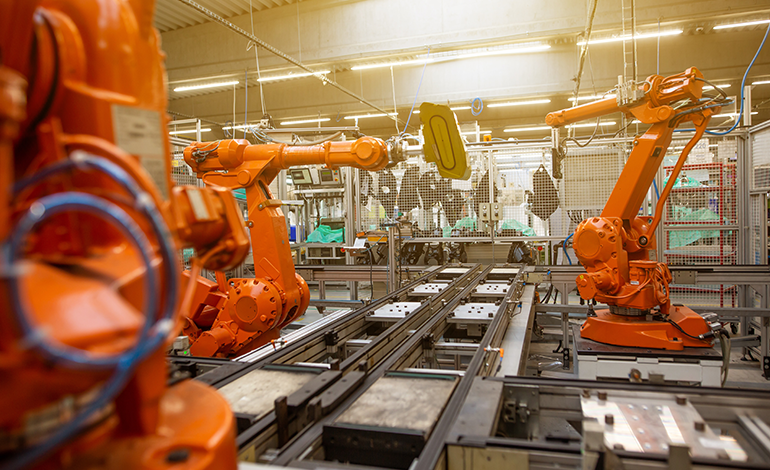
Application and advantage analysis of non-standard welding in manufacturing industry
With the continuous development of the manufacturing industry, non-standard welding has been widely used in various fields as a flexible and efficient connection method. Non-standard welding refers to the welding process that is designed and operated according to the specific workpiece shape and process requirements. This paper will analyze the application of non-standard welding in manufacturing industry and its advantages.
First, non-standard welding has a wide range of applications in the manufacturing industry. Whether it is large mechanical equipment or small electronic products, welding connections are required. The traditional standardized welding methods often can not meet the special shape and requirements of the workpiece connection needs, then non-standard welding can play an important role. For example, for curved metal pipes, special-shaped workpieces, etc., non-standard welding can achieve precise welding operations through an automated control system to ensure connection quality and stability.
Secondly, non-standard welding has many advantages. The first is flexibility and adaptability. Non-standard welding can be customized according to different workpiece shapes and requirements to adapt to various complex connection needs. The second is efficiency. Non-standard welding adopts automatic equipment for welding operation, which greatly improves the welding speed and production efficiency. At the same time, non-standard welding can also reduce the risk of manual operation and improve work safety. In addition, non-standard welding also has good welding quality and stability to ensure the fastness and reliability of the connection.
Then, the application cases of non-standard welding in the manufacturing industry are also rich and diverse. Taking the automobile manufacturing industry as an example, the welding connection of the automobile body usually needs to meet the complex curve shape and fine process requirements. Non-standard welding can realize automatic detection and control of body welds through machine vision system, so as to improve welding quality and efficiency. In the electronic equipment manufacturing industry, non-standard welding is also widely used in the connection of circuit boards and components. By precisely controlling the welding temperature and time, damage to electronic devices caused by excessive temperature can be avoided and the reliability of products can be improved.
However, non-standard welding also has some challenges and problems. First of all, the technical requirements are relatively high. Since non-standard welding needs to be customized according to the specific workpiece shape and process requirements, the technical ability and experience of welding engineers are required. Secondly, the equipment and cost investment is relatively large. Compared with traditional standardized welding equipment, non-standard welding requires the use of more complex and advanced automation equipment, which increases the cost of equipment and maintenance costs.
In summary, non-standard welding has a wide range of applications and many advantages in the manufacturing industry. Through customized design and operation, it meets the connection needs of various workpiece shapes and requirements. Non-standard welding has the advantages of flexibility, high efficiency and stable welding quality, which can improve production efficiency and product quality. Despite some challenges and problems, with the continuous development and innovation of technology, it is believed that non-standard welding will play an important role in the manufacturing industry.